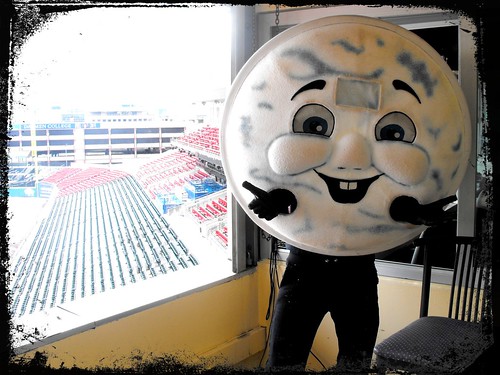III fundus imaging technique in rats and its influence on information obtained. The standardized strategy was subsequently applied to characterize avascular laser burns and CNV lesions in rats receiving either intravitreal PBS acting as a damaging control or perhaps a well-established inhibition of angiogenesis by anti-VEGF antibody [21]. The presented information delivers evidence that our system allows for the quantitative evaluation of both laser spots and treated and untreated CNV making use of FFA. Applying our standardised method, FFA becomes a valuable option to post-mortem measurements applying routine flat mount histology permitting quantifiable long term longitudinal tracking of CNV progression in vivo, assisting the improvement of novel therapies to extreme sight impairing disorders which include AMD and Diabetic Retinopathy.
nimal experiments were performed together with the approval of your Royal Victorian Eye and Ear Hospital (RVEEH) Animal Investigation & Ethics Committee (AREC) and were consistent with all the Association for Analysis in Vision and Ophthalmology statement (ARVO) for the Use of Animals in Ophthalmic and Vision Research. Adult Brown Norway rats weighing 2979 grams (meanD) each were maintained in a 12-hour light/12-hour dark cycle with a room illuminance of 140 to 260 lux during the bright portion with the cycle. Animals have been provided standard food and water ad Hexaconazole libitum. In vivo experiments were performed under general anaesthesia by intraperitoneal injection of ketamine 75mg/kg, xylazine 10mg/kg. Care was taken to use rats from the same approximate age(10 weeks 1 week) in handle and experimental groups [26], and female and male animals have been evenly distributed between the treatment groups [27]. Laser treatment was performed as previously described [21] in all animals. In brief, after general anaesthesia, the pupils have been dilated working with tropicamide (5mg/mL). The animals have been then positioned in front of an argon laser and a coverslip with Hypromellose coupling 23200243 gel applied to the eye. Settings for laser coagulation had been 100m spot size, 100ms emission time and 150mW laser-energy at 532 nm emission wavelength. Employing a slit lamp, 3 laser burns per eye have been applied radially 2 disc diameters from the optic nerve with development of a small white bubble as confirmation of Bruch’s membrane rupture for CNV formation. Absence of bubble formation indicated chorio-retinal burn alone without CNV improvement, and will henceforth be referred to as `CR Burn’. Approximately 75% of applied laser was successful in generating CNV. Rats exhibiting vitreal haemorrhage and obscuring the posterior segment had been excluded from fundus imaging evaluation. To ascertain differences in fluorescein administration route on FFA image quality, 4 rats have been given laser treatment and FFA performed with either intraperitoneal or intravenous fluorescein injection.
All remaining rats received laser treatment resulting in CNV generation in the left eye as described and have been randomly allocated into 2 groups. Group 1 (n = 16), received intravitreal injection of 5L anti-VEGF polyclonal antibody (AF564, R&D Systems; 25g/mL) in the left eye immediately post laser treatment and 7 days post laser. Group 2 (n = 16), acting as a damaging control, received a  sham intravitreal injection on the same amount of sterile PBS into the left eye and readministered 7 days later. FFA imaging, choroidal flat mount and histology were performed at scheduled times.
sham intravitreal injection on the same amount of sterile PBS into the left eye and readministered 7 days later. FFA imaging, choroidal flat mount and histology were performed at scheduled times.
Rats were generally anesthetized by intraperitoneal injection, per laser procedure, an
